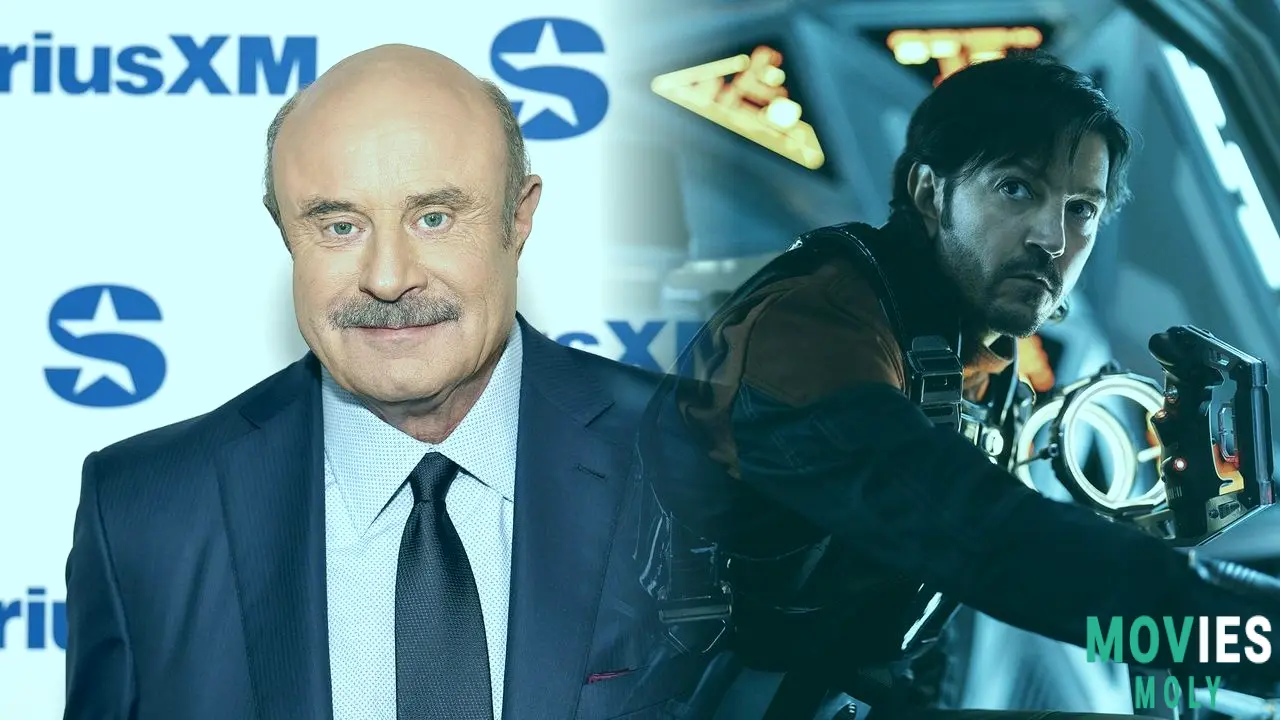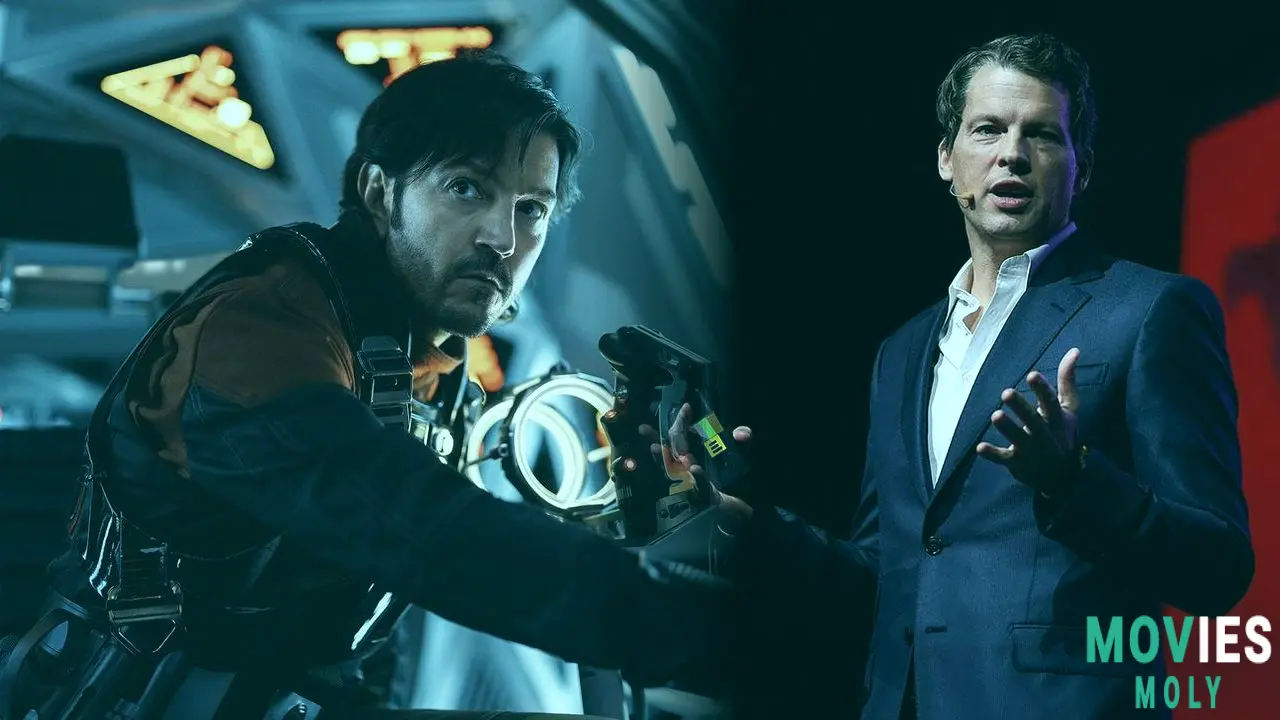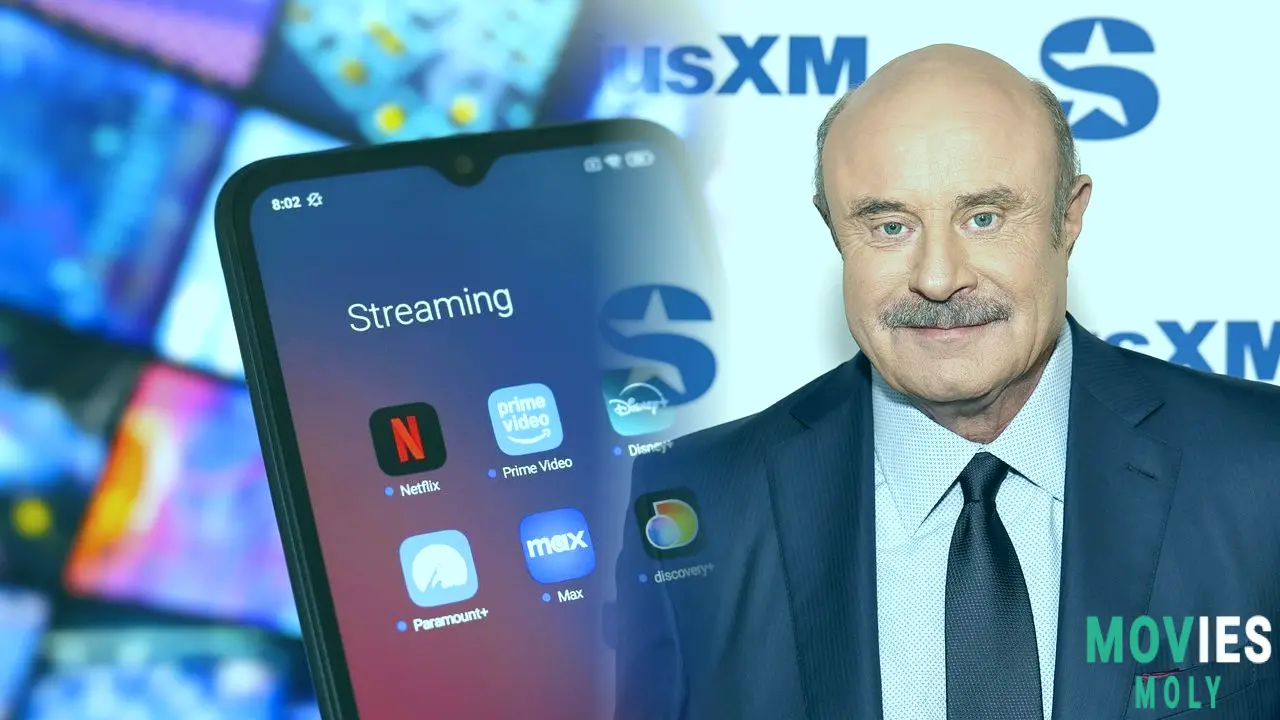Throughout my career, I've seen the television landscape change like tectonic plates, but this week's earthquake was undeniable. In May, just as Nielsen announced that Streaming Services had finally overtaken cable and broadcast viewership for the first time, with 44.8% market share, Dr. Phil McGraw's Merit Street Media crashed spectacularly. His year-old cable network declared Chapter 11 bankruptcy while also suing Christian broadcaster TBN for "sabotage"—a corporate catastrophe that perfectly captures why traditional TV models are collapsing.
As someone who has studied media transitions since "Must-See TV" denoted true appointment viewing, I am astounded by how quickly the tables have shifted. Four years ago, streaming accounted for only 26% of viewers. Pew Research now says that 83% of US consumers use streaming services, while only 36% subscribe to cable. The figures don't lie, but Merit Street's collapse—attributed to everything from faulty prompter feeds to missing distribution—makes the bloodletting emotional. None of this surprises me, and it shouldn't surprise you: the era of channel flicking is coming to an end, not with a whimper, but with litigation.
The Merit Street Debate: Cable's Death Rattle Wears A Suit.Dr. Phil was trying to build an Ark as the floodwaters rose.
Let us dissect this bankruptcy like surgeons. Merit Street's lawsuit, filed in Texas bankruptcy court, accuses collaborator Trinity Broadcasting Network of "conscious and intentional sabotage" through production mistakes so egregious that they'd be comedic if not for the $100 million+ in damages. Internal documents depict a bleak picture, with displays blacking out during live broadcasts, a control room operating from what amounted to a "glorified U-Haul," and mobile connection so unreliable that staff could not make calls. These were not hitches; they were a five-alarm warning to anyone launching linear networks today.
This partnership was doomed from the start. TBN, a faith-based infrastructure provider, or Dr. Phil's prime-time juggernaut? It's like combining a Tesla and a horse-drawn carriage. While McGraw envisioned Merit Street as a "destination network you leave on all day" (his words to the New York Post), the endeavor encountered cable's fundamental degradation. According to Pew, only 16% of individuals under 30 still pay for cable, with 47% using someone else's streaming password. Aiming for the classic cable model during the cord-cutting storm was akin to selling Blockbuster subscriptions in 2025.
Streaming's Unstoppable Surge: Why Choice and Convenience Killed the Cable Star.

YouTube just humiliated Netflix with a massive viewership victory.
The Nielsen chart appears to be decisive, with streaming at 44.8% and cable lagging at 24.1%. But what genuinely surprised me was YouTube's victory lap—its 12.5% total TV share outperformed Netflix by five points. Consider this: free ad-supported platforms now outperform paywalls. I haven't seen a paradigm change this abrupt since Twitter's demise. And here's why it's important: streaming isn't just one thing. It's a spectrum—from highbrow Max dramas to endless kitten videos—that caters to your preferences, whereas cable imposes tight timetables on you.
FAST channels such as Tubi and Pluto currently have a combined market share of 5.7%, more viewers than any one broadcast network. That is revolutionary! Compare this to cable's core flaws: forced bundles that force football fans to pay HGTV surcharges, awkward hardware rentals, and contracts reminiscent of medieval serfdom. Streaming's flexibility gives what audiences truly desire: Davidson perfectly addresses the paradox, stating that "more fragmentation equals more freedom." With free FAST increasing faster than paid services, cable's economic moat is evaporating on a daily basis.
Cord-Cutting Psychology: Why Audiences Dropped Cable Without Regret

The Emotional Shift That Seals Cable's Fate
Pew's data illustrates an unsettling truth: cable's most powerful cohort is dying—literally. Those aged 65 and up retain 64% of their subscriptions, but this demographic is shrinking year after year. What about viewers under the age of 30? Cable retention has dropped to a dismal 16%. Why? Because younger audiences desire agency in addition to a dislike for advertisements. When Nielsen reveals that streaming viewing has increased 71% since 2021, while cable viewership has decreased 39%, it indicates cultural rejection. Cable feels like your parents' technology, similar to landlines or phone books.
The psychological cost of paying for irrelevance is also an important consideration. When YouTube offers free customizable news feeds, paying $120 per month for 15 unwatched home shopping channels enrages me. It feels arrogant when PBS asks my tax back to watch Nova but Tubi broadcasts Ocean's Eleven without requiring a login. That's why Merit Street's demise, despite Dr. Phil's built-in following, exposes cable's rot: even stars can't restore an outmoded paradigm that fans have emotionally abandoned.
The Road Ahead: Streaming's Reality Check and Cable's Final Stand

Why Football Cannot Save Traditional TV Anymore.
Nielsen notes that football may momentarily rebalance the scales in fall. I call nonsense. Sunday Ticket has already shifted to YouTube TV, Thursday nights are owned by Amazon, and Peacock streams the playoffs. Live sports, once a lifeline for cable, are now leaking like a sieve to streaming services. While 44% of streaming subscribers tell Pew that services are "worth the cost," premium cable thrives on habit rather than passion.
Where does this leave Merit Street and its peers? Swimming against a rip tide. Networks must replicate FAST platforms' seamless access or become burial grounds within Comcast bundles. Dr. Phil's lawsuit details—broken equipment, missing signals—symbolize cable's demise. When audiences flee, the infrastructure falls. What about the "summer hiatus" layoffs at Merit Street? They serve as forerunners for the entire industry. This bankruptcy is not an outlier; rather, it is a real-time autopsy of cable television.
So gather 'round the cable's flickering screen while you still can. Grab the crusty, nacho-cheesed remote. Do you hear a static hum? It's the sound of an era ending.
FAQs
Why did Dr. Phil's network fail? Merit Street stated that partner TBN's production and distribution difficulties resulted in $100 million+ losses despite launching into a deteriorating cable market.
What percentage of individuals utilize streaming instead of cable? According to Pew Research, 83% of US consumers use streaming services, whereas just 36% subscribe to cable/satellite TV.
Which streaming service has the most viewers? According to Nielsen's May 2025 report, YouTube leads with 12.5% of overall TV viewing, defeating Netflix.
Will cable survive in the streaming era? Only through radical reinvention. Live sports are increasingly being streamed, and only 16% of under-30s subscribe to cable.
What are the FAST services? Free ad-supported TV networks such as Tubi and Pluto TV now have a 5.7% market share, higher than any single broadcast network.




